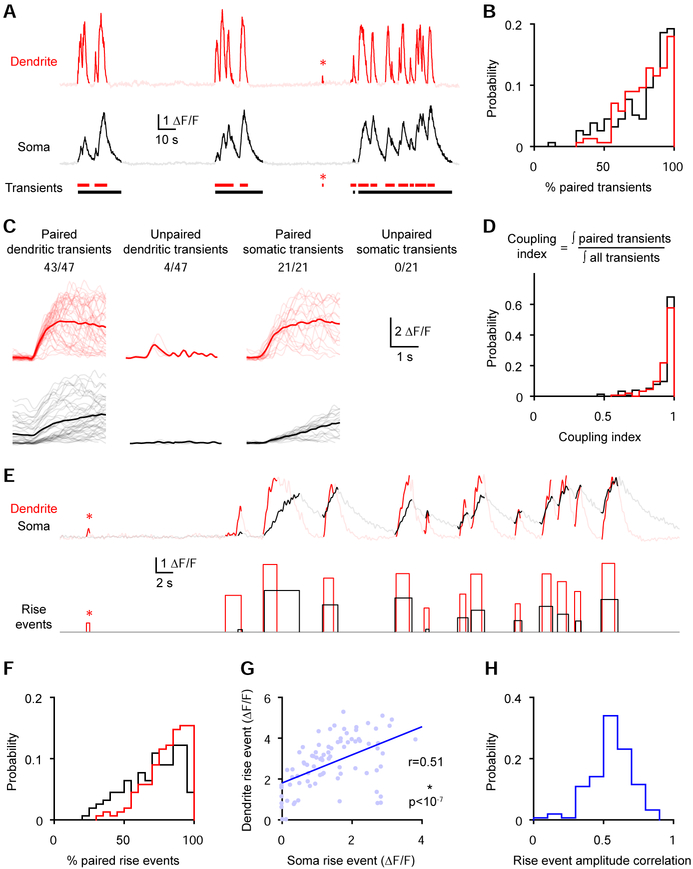Figure 2. The majority of GCaMP6f transients are paired between corresponding somas and dendrites.
(A-C) Somatic and dendritic transients were categorized as paired or unpaired based on their temporal overlap with transients in the other compartment.
(A) GCaMP6f signals from the soma and dendrite with detected transients shown in solid colors. The asterisk highlights an unpaired dendritic transient.
(B) Percentage of paired somatic and dendritic events (n=156 pairs from 5 mice).
(C) Events from the neuron shown in A categorized as paired and unpaired. Gray and light red lines represent individual transients (750 ms before the onset and up to 2600 ms after) while averages are shown in black and red. The number of paired or unpaired transients over the total number of transients is indicated above each panel.
(D) Coupling index for all soma-dendrite pairs (n=156 pairs from 5 mice).
(E-H) Rise events (segments of transients with positive derivative) were categorized as paired or unpaired based on their overlap with rise events in the other compartment.
(E) GCaMP6f signals from the soma and dendrite with detected rise events shown in solid colors. The asterisk highlights an unpaired dendritic rise event.
(F) Percentage of paired dendritic and somatic rise events (n=156 pairs from 5 mice).
(G) Relationship between the amplitude of dendritic and somatic rise events of the neuron shown in E (correlation: r=0.51, ***p<10−7, n=85 rise events).
(H) Correlation coefficients for rise event amplitudes for soma-dendrite pairs (n=156 pairs from 5 mice).

